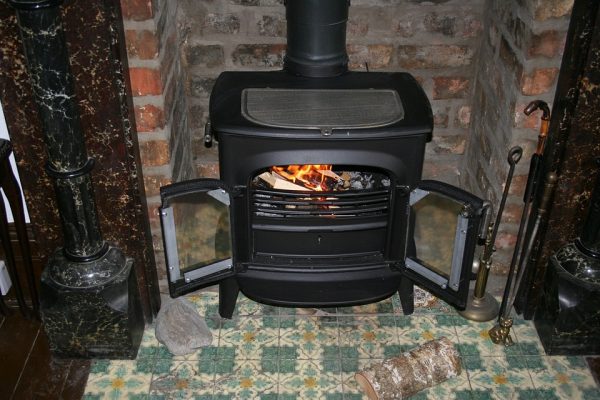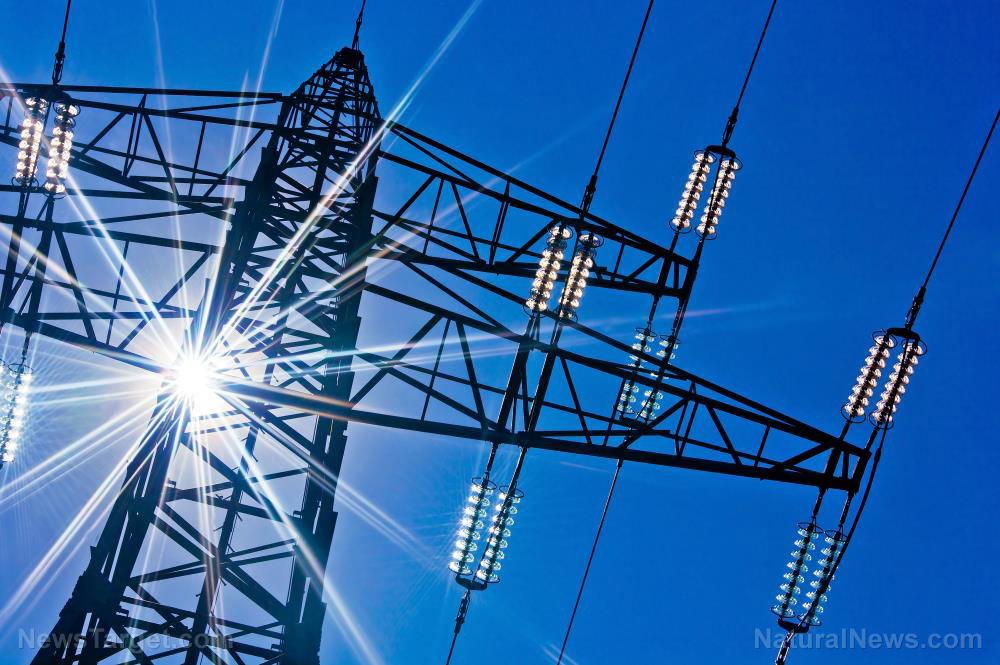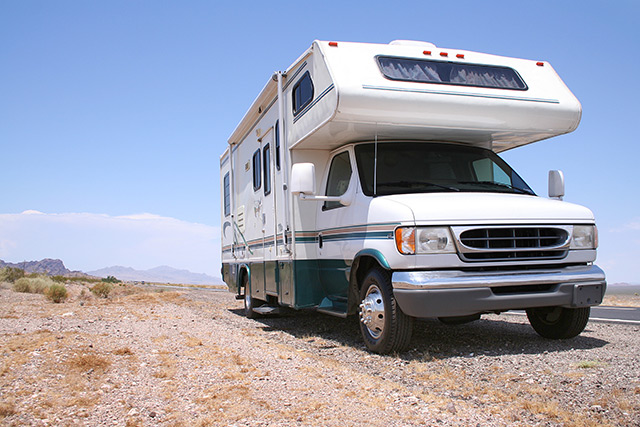
Pro: The right fire starters can be anything
A wood-burning stove affords you flexibility when it comes to which items you can use as tinder and kindling. For instance, pine cones and brown paper bags are excellent fire starters and are widely available. If you live near the woods, you can just go there and pick up pine cones. Meanwhile, you can save the paper bags from your last trip to the grocery store.Con: Wood-burning stove does not really save you money
The wooden logs that you'll be taking from the woods are not really free. While you can just go to the nearby forest and grab lumber without paying, those wooden logs are not going to chop themselves and walk to wherever your home is. You have to do dirty work yourself by felling trees, hauling the lumber home and chopping it into small chunks of wood to get the fuel. That can be time-consuming and labor-intensive. If you wish to avoid it, the best alternative is to buy a $250 cord of wood from a retailer. If you burn up four cords every winter, then you should be prepared to dispense $1,000 for the season alone. That does not include other expenses, such as the structure needed to hold the wood. Once you've taken these costs into consideration, you'll realize that using a wood-burning stove does not necessarily mean that your gas bill will be cheap.Pro: A wood-burning stove can be used for other things
It's commonly used for cooking and keeping a place warm, but a wood-burning stove can also be used for other things. For example, you can use the stove to dry your laundry or dehydrate food. You can also place a water-filled cast-iron pot on top of your stove to add moisture to the air inside your house. That pot acts as a humidifier due to the heat coming from your stove.Con: Paid inspections are necessary
You can remove the ash in your stove by yourself and perform other simple maintenance tasks. But every now and then, you need to pay a professional to inspect and proof your wood-burning stove to keep it in good condition. This is another expense but it's very important because the stove can burn your house to the ground if things are not in working order.Pro: You have peace of mind when SHTF
One of the biggest advantages of using a wood-burning stove before SHTF is that you're always prepared for an unexpected disaster. You don't have to worry about how to cook food, keep your place warm and light your home. (Related: No power, no problem: 5 Ways to stay warm when the power is out.) Using a wood-burning stove is not exactly the cost-effective alternative that it's thought to be. But cost aside, this prepping essential is extremely useful regardless of whether you're in a survival situation or not. Sources include: Medium.com Prepper-Resources.com OurTinyHomestead.com9 Effective group bug out lessons… from the 1800s
By Zoey Sky // Share
Prepping basics: How to start your own survival garden
By Zoey Sky // Share
5 Things you can do to cope with regular power outages
By Divina Ramirez // Share
20 Essential knots to know for survival
By Divina Ramirez // Share
Prepping to live in an RV: living as a nomad
By Mary Villareal // Share
Prepper must-haves: 11 Items for your Ziploc bag survival kit
By Zoey Sky // Share
The needle and the damage done: The risky rise of DIY peptide injections
By willowt // Share
Trump orders U.S. withdrawal from 66 international organizations
By lauraharris // Share
Hezbollah defies disarmament demands as Israel threatens escalation
By patricklewis // Share
Iran's internet blackout: Regime silences dissent amid mass protests
By bellecarter // Share











